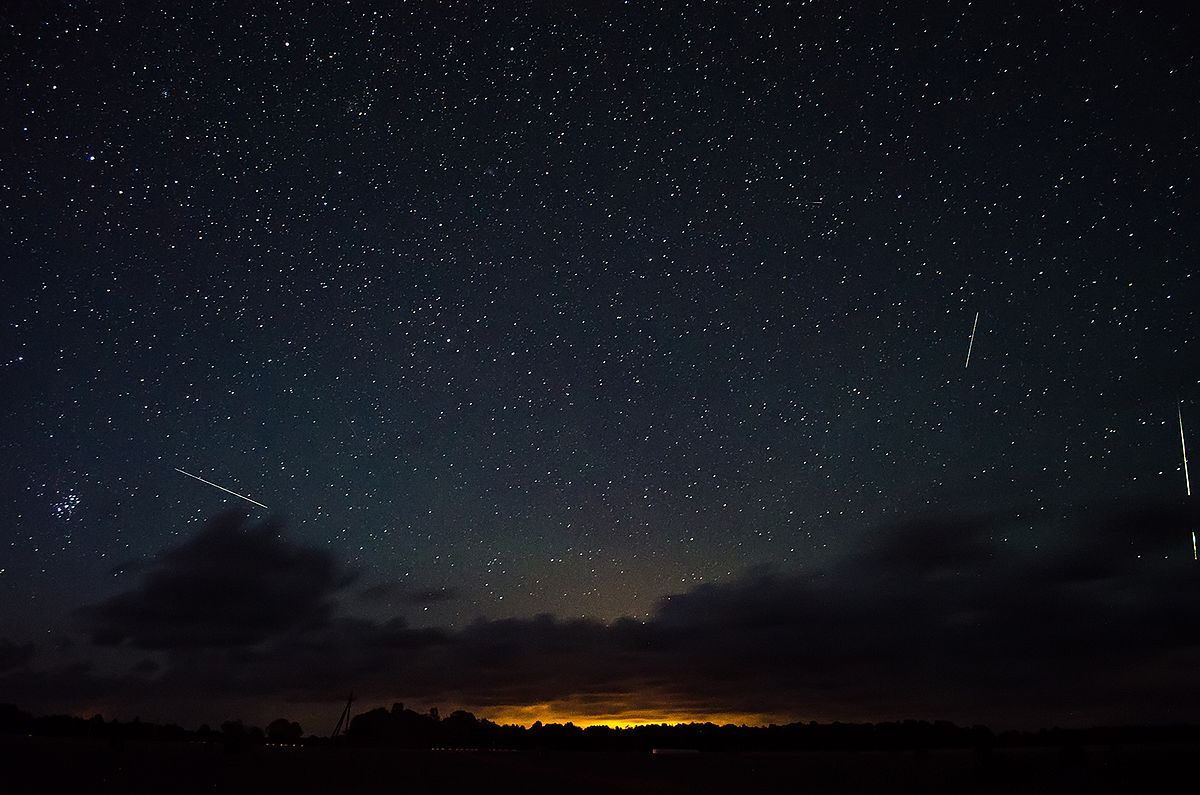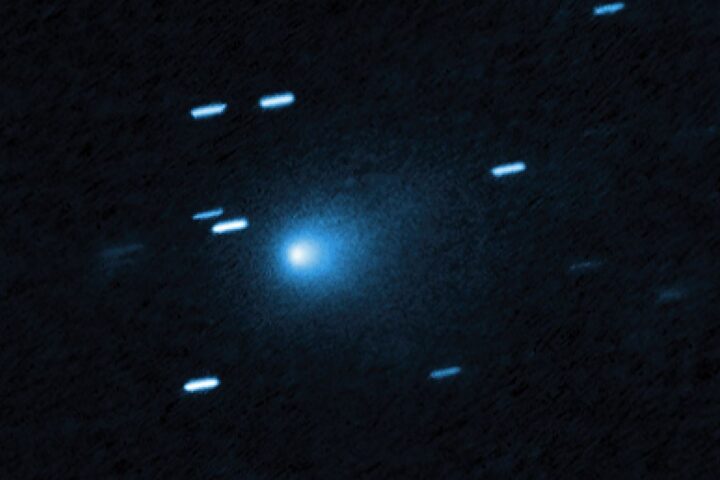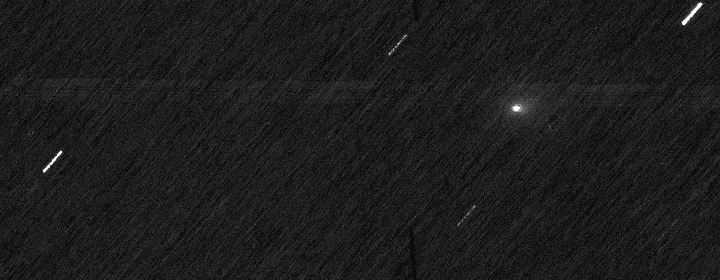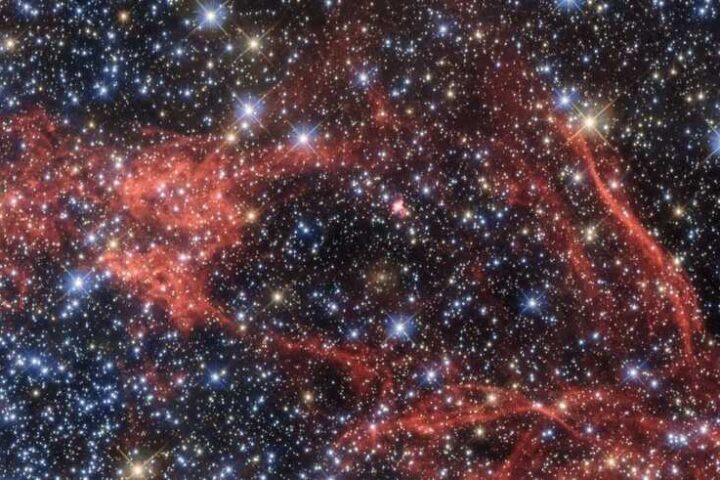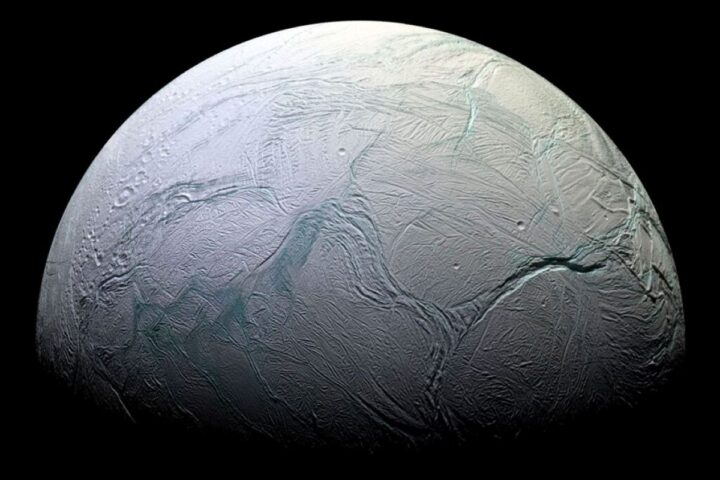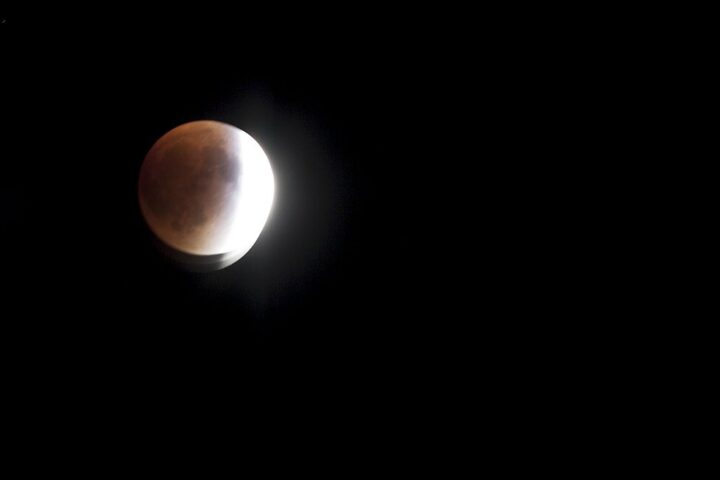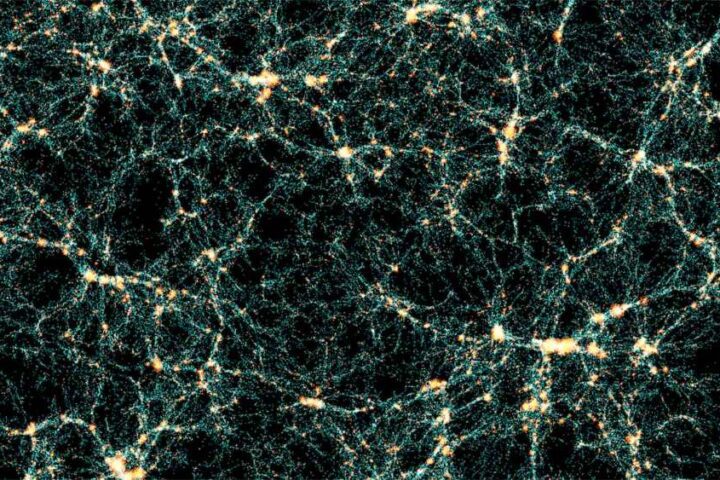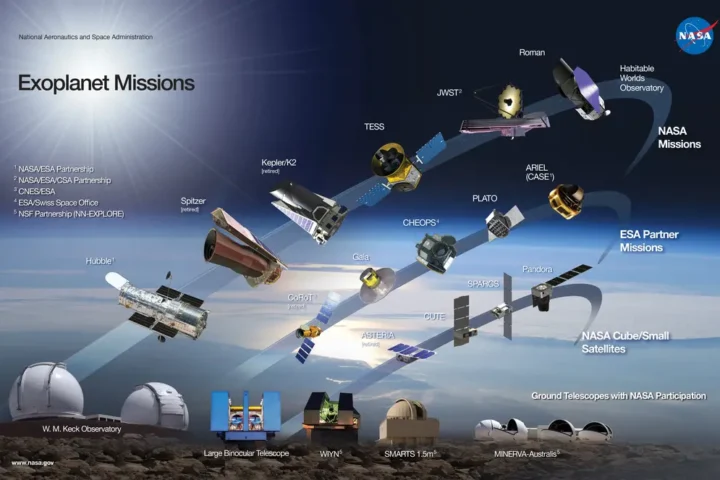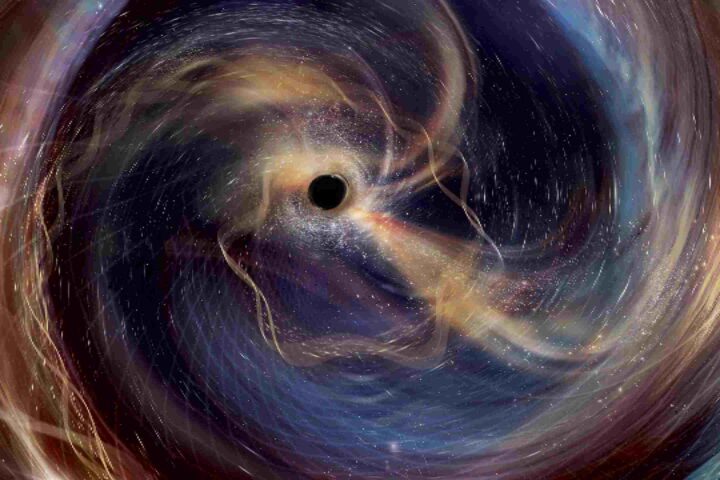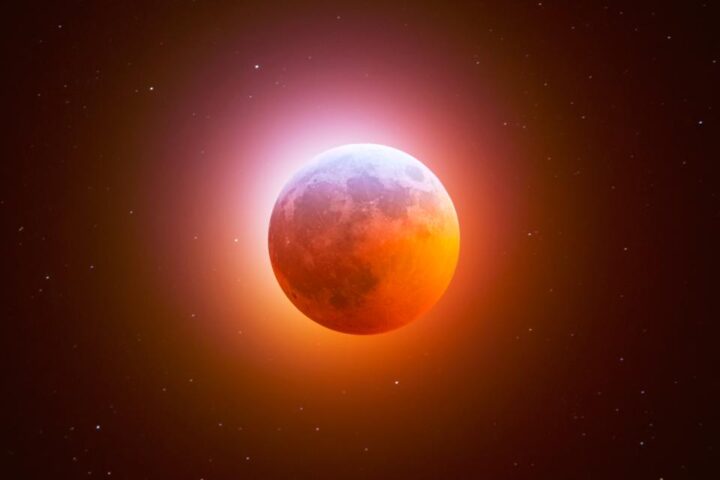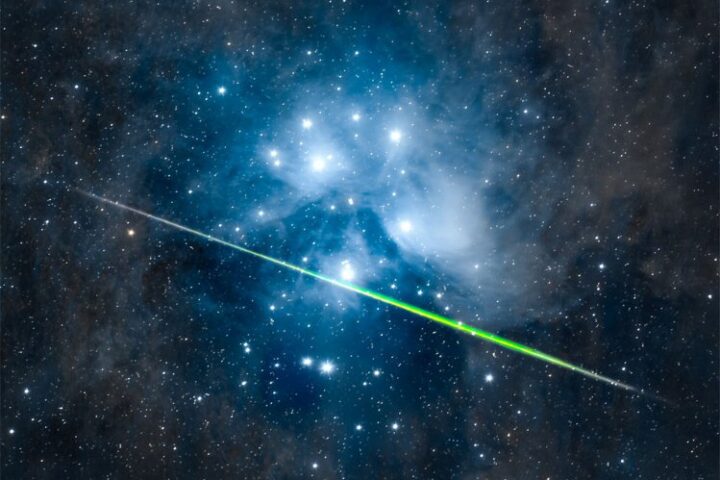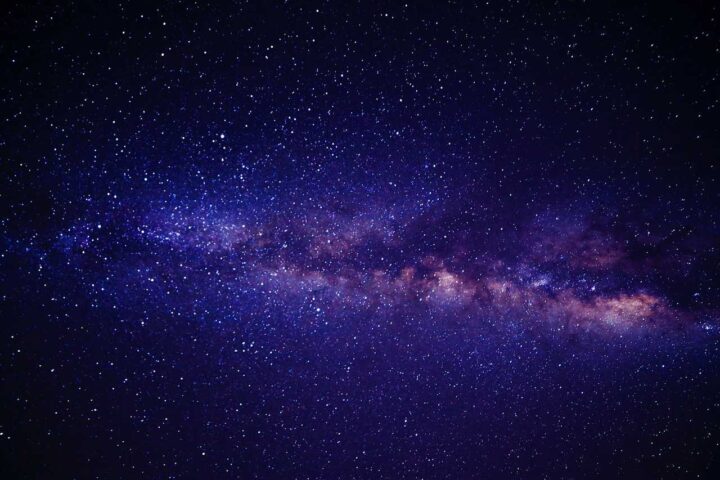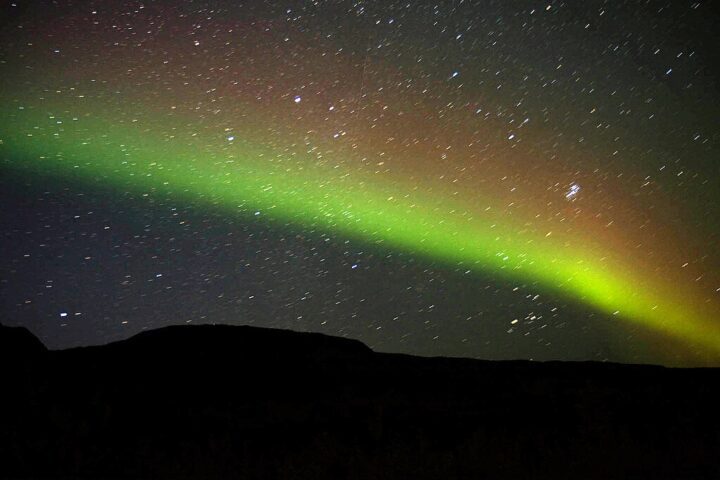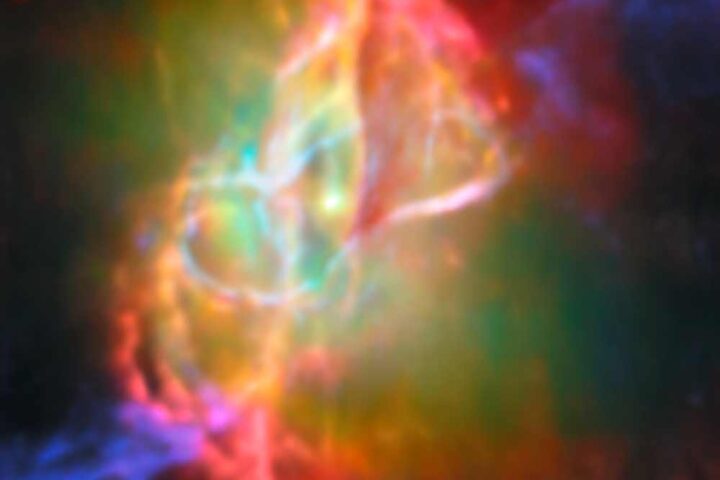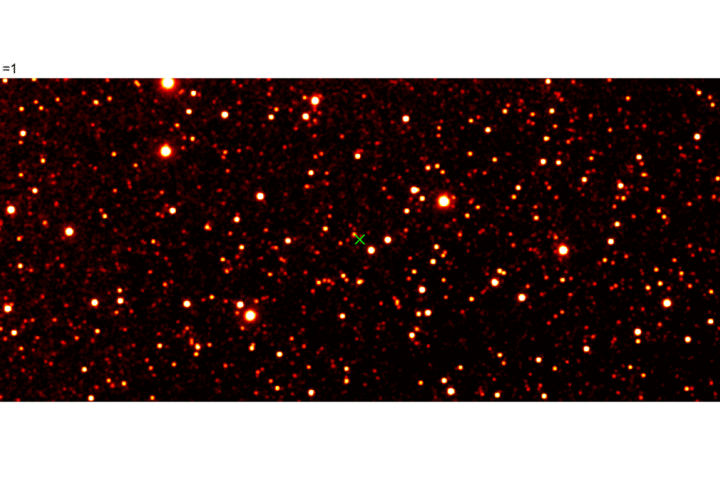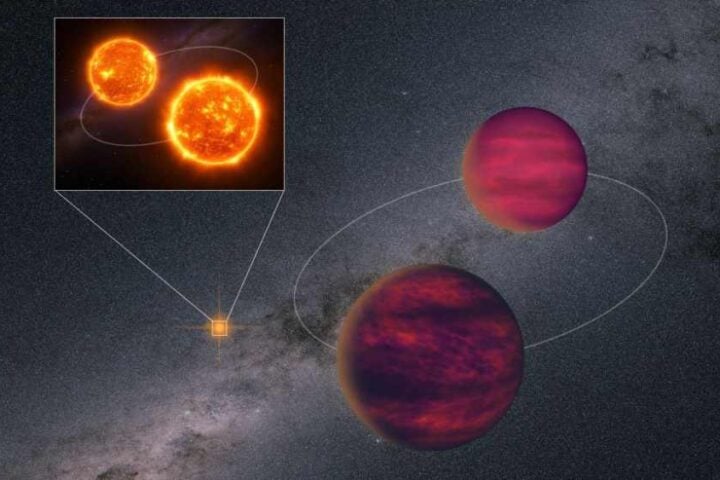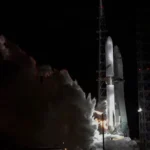The astronomical calendar for 2025 presents a complex array of celestial events, each demanding specific observational conditions and timing. Based on decades of astronomical records, these events require careful planning for optimal viewing.
Mars Opposition Headlines January
January 2025 opens with the Quadrantid meteor shower peaking January 3-4, delivering up to 120 meteors per hour under ideal conditions. Recent data from the International Meteor Organization predicts the peak near 17:45 Universal Time on January 3rd, favoring the northwestern Pacific Ocean.
The Red Planet dominates mid-January. Mars reaches opposition on January 15, with its closest Earth approach on January 12. The Wolf Moon occults Mars on January 13-14. From Washington, D.C., Mars disappears at 9:16 p.m. EST and reappears at 10:31 p.m. EST, though the timing varies by location.
Eclipses and Spring Events
March brings two eclipses. A 65-minute total lunar eclipse occurs March 14, visible across the Americas and Antarctica. A partial solar eclipse follows March 29, producing “devil’s horns” at sunrise over Atlantic Canada, Quebec, and Maine.
The Lyrid meteor shower peaks April 21-22, generating 10-20 meteors hourly. The Eta Aquarids follow May 6-7, reaching 60 meteors per hour in the Southern Hemisphere.
Summer Sky Phenomena
Late July presents overlapping Delta Aquariids and Alpha Capricornids, jointly producing 20 meteors hourly. Venus and Jupiter converge August 12 in the eastern pre-dawn sky, appearing at magnitudes -4 and -2 respectively.
Xavier Jubier, solar eclipse expert, notes in the source material that New Zealand observers will see 58% to 73% coverage during September’s partial solar eclipse, depending on location.
Autumn and Winter Events
September 21 pairs a partial solar eclipse visible from New Zealand with Saturn’s opposition. Sky At Night magazine reports the Leonids’ next major storm isn’t due until 2032-33, though 2025’s showing should produce 15 meteors hourly.
November 5 presents 2025’s most prominent supermoon since 2019. The Geminid shower concludes the year December 13, potentially exceeding 100 meteors hourly under dark skies.
Technical Parameters
Meteor velocities range 30-70 kilometers per second at 80-120 kilometer altitudes. Most visible meteors originate from sand-grain sized particles, with pea-sized objects producing dramatically bright displays.
Similar Posts
Observational Requirements
The International Astronomical Union’s documented guidelines emphasize dark-sky locations for optimal viewing. While most events require minimal equipment, experienced observers recommend blocking local light sources and allowing 30-45 minutes for dark adaptation.
Historical Context
The 2025 calendar follows established patterns, with the Leonids showing typical activity levels between major storms. Previous spectacular displays occurred in 1833, 1866, 1966, 1999, 2001, and 2002, coinciding with Comet 55P/Tempel-Tuttle’s 33-year orbital period.
